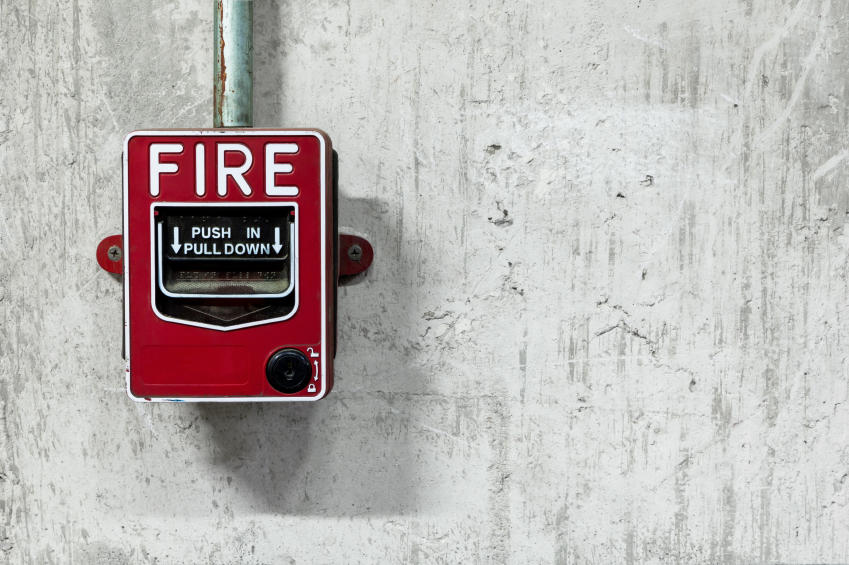
|
Because of advance planning and a quick response, the fire was controlled, and there was no damage to the reactor. Are you that well prepared for a fire at your facility?
Life, Property, Community
When fire strikes, you need to have measures in place to protect three things:
Life. The lives of workers inside the building are the most immediate concern when fire breaks out. Make sure they are protected by:
- Installing smoke alarms in all areas of the facility
- Placing and marking fire extinguishers at appropriate intervals, and training workers to use them
- Establishing an emergency evacuation plan and practicing it regularly
On June 24, FR expert Derek Sang will end all "spec"-ulation- with an informative webinar designed to help you understand the basics of flash fire hazards, FR Clothing for Flash Fire Hazards
Property. The next concern is for property, not only for the economic losses it represents but also for the potential impact outside the property itself. If crews had failed to protect the nuclear reactor just a short distance away from the burning transformer, the consequences for the entire region could have been dire. Protect your property by:
- Installing sprinklers. Sprinklers save lives and minimize property damage caused both by fire and fire suppressants.
- Careful housekeeping. Poor housekeeping—especially the accumulation of flammable garbage—can cause fires and make them worse once they have started. If you are located in an area at risk of wildfires, make sure to clean up outdoor areas, too.
- Coordinating with your fire department. Does your alarm system automatically notify the fire department? Have you invited them to your facility for a tour so that they can quickly reach different areas and protect potential trouble spots?
CAT 2? NFPA 2112? Which should you spec into your FR clothing program? Or should it be both? Click here to learn more!
Community. Many fires affect areas outside the building or facility where they start. Fires can coat a town in toxic smoke, release hazardous chemicals into waterways, and spread to nearby structures. Protect your community by:
- Diking hazardous materials enclosures and storage areas so that if liquid hazardous chemicals are released, they are contained.
- Having a response plan in place to notify your neighbors if a disaster in your facility might affect them and to facilitate ongoing communication during cleanup.
Tune in tomorrow, when we’ll look at preparedness for natural disasters.
